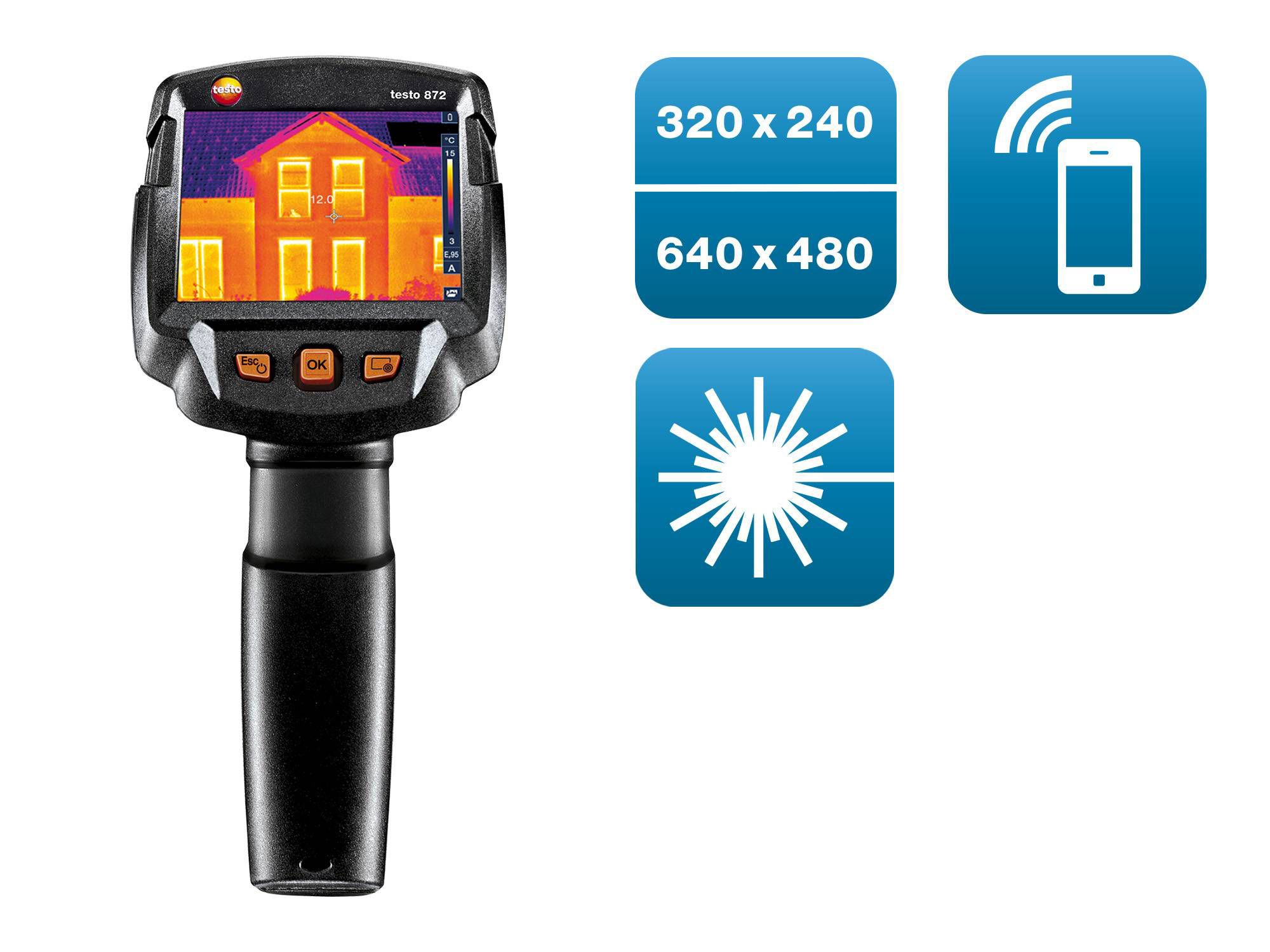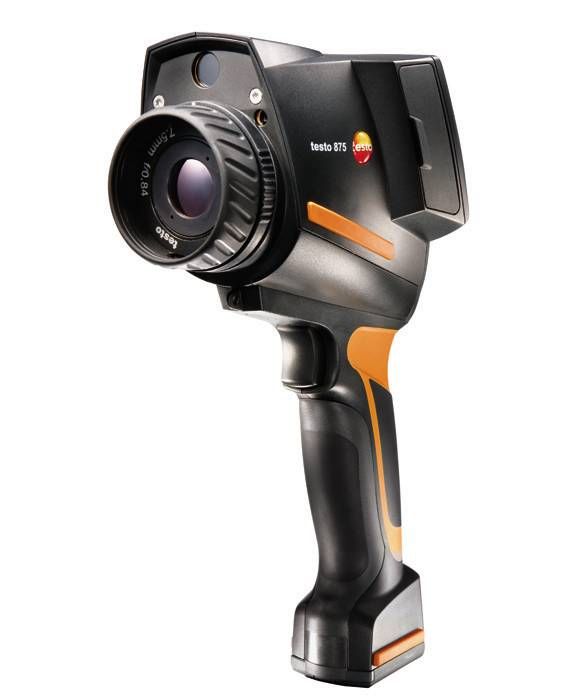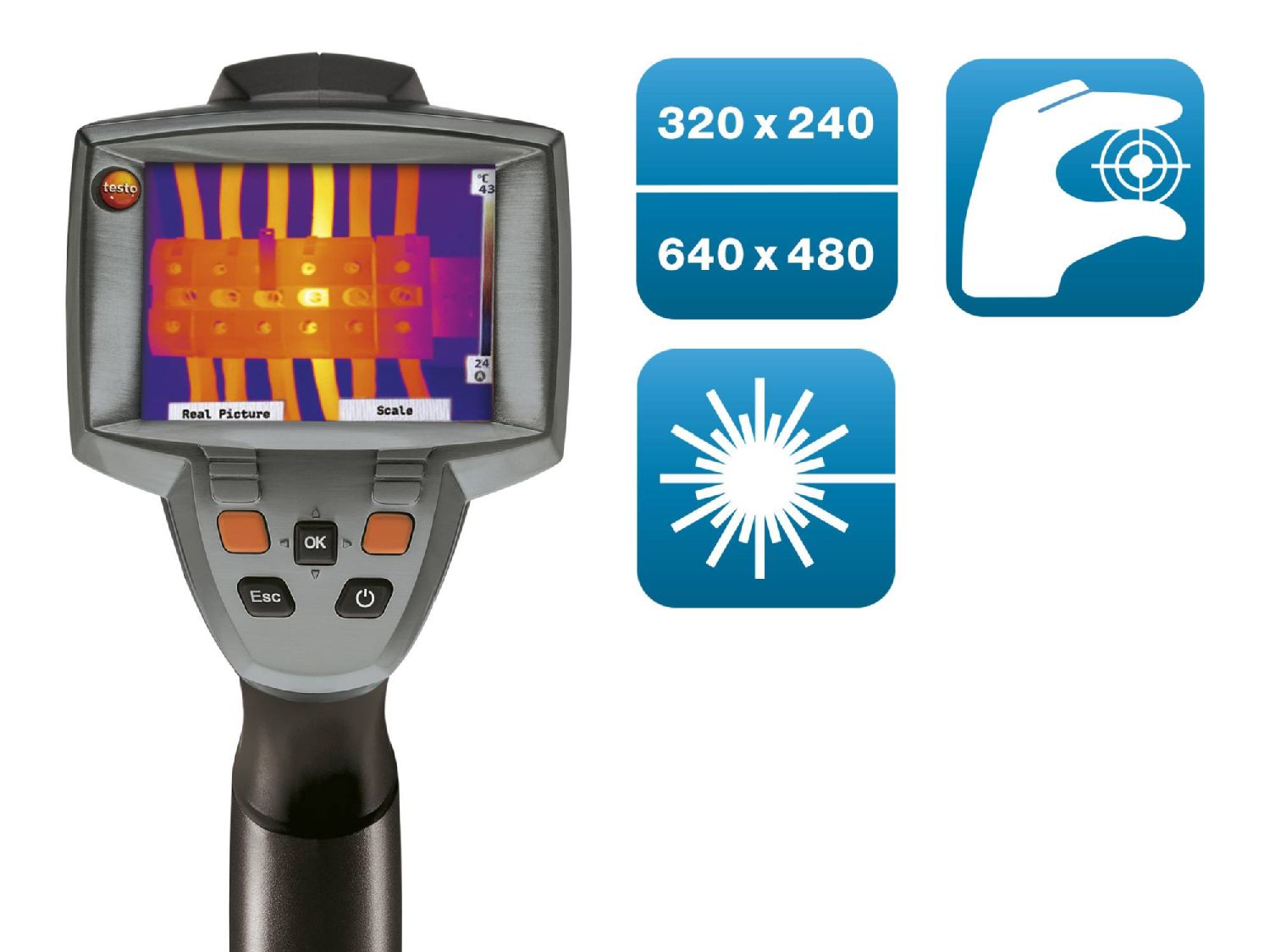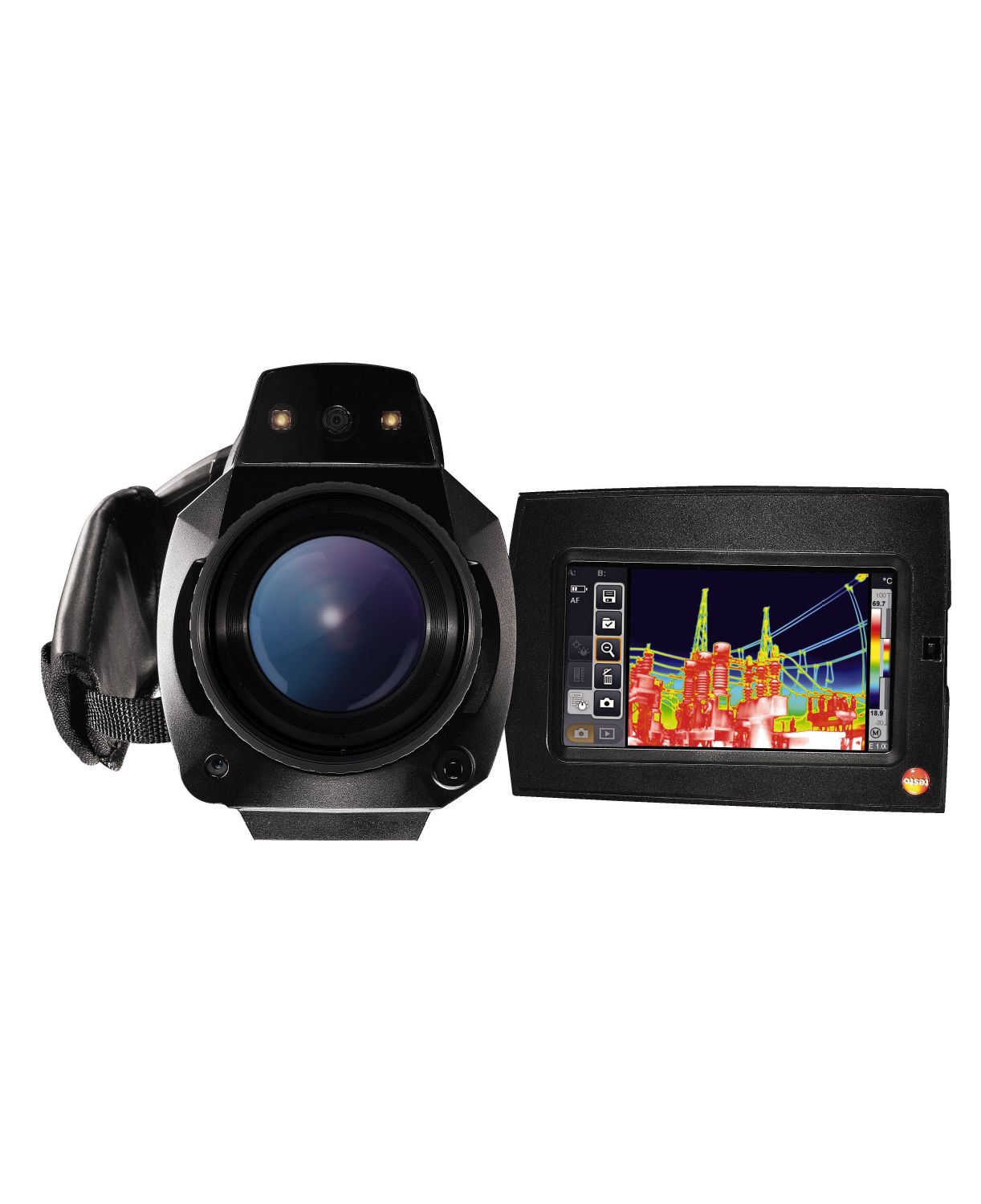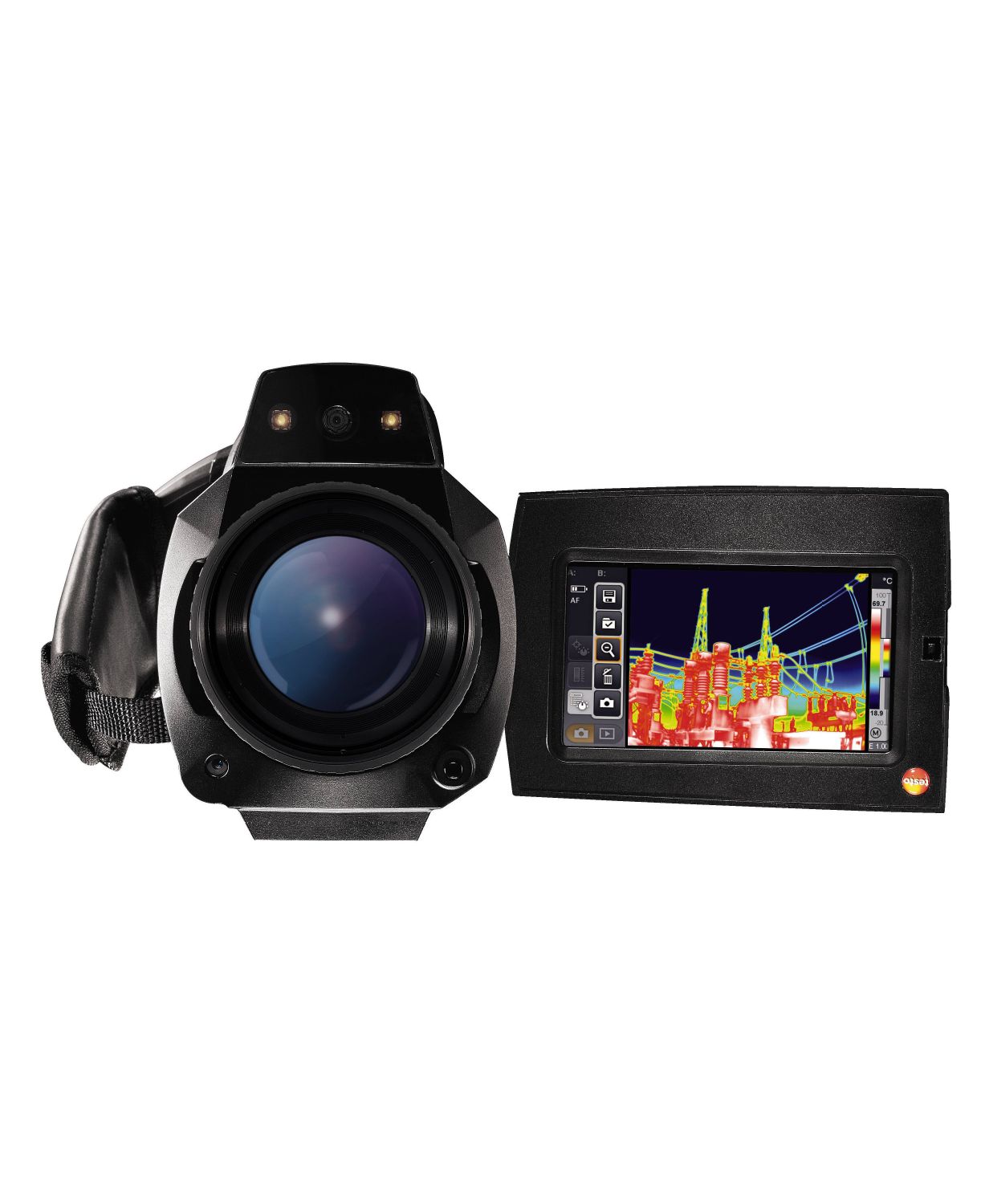Testo Thermal Imager
A thermal camera capture and create an image of an object by using infrared radiation emitted from the object in a process that is called thermal imaging. The created image represents the temperature of the object. The underlying technology of the thermal imaging cameras was first developed for the military. However, the invention of the thermal camera is related to the history of thermography which began in 1960 by Sir William Herschel an astronaut who discovered infrared light.
In 1860, American astronomer Samuel Pierpont Langley invented the bolometer which is a device that measures infrared or thermal radiation. And in 1929, Kálmán Tihanyi, Hungarian physicist invents infrared-sensitive electronic television camera which was capable of capturing thermal images.
Both infrared radiation and visible light are part of the electromagnetic spectrum, but unlike the visible light, Infrared radiation cannot be perceived with human eyes directly. Which explains why a thermal camera is not affected by the light and it can give a clear picture of an object even in a dark environment.
Thermal imaging is all about converting that infrared light into electric signals and creating an image using that information.
This technology was revolutionary at the time, but it is in common use today. But, how do these devices manage to capture this invisible visual information? Let’s check it out.





